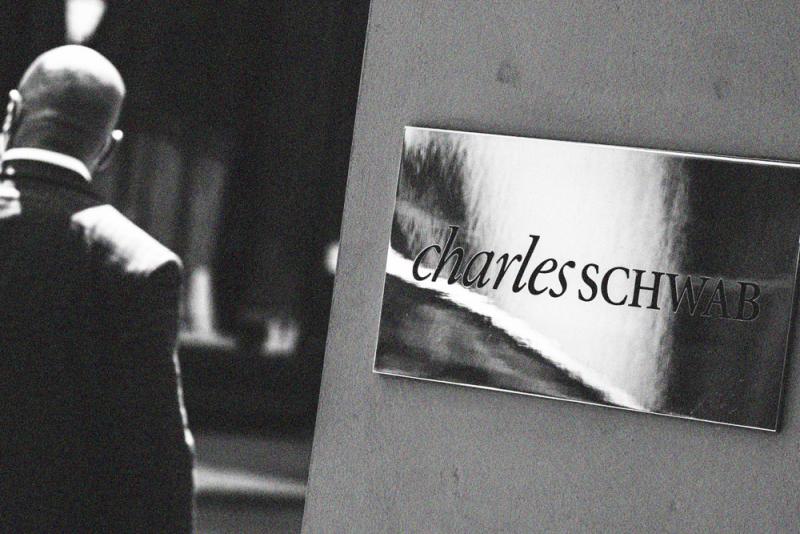Schwab and TD Ameritrade Merge Advisor Referral Networks, Cut Number of RIAs in New Program
“We believe that the 175 firms that we have identified allowed us to have the right number of firms assigned to each branch across the country,” Nicole Bonar, program director of the Schwab Advisor Network, said.
Michael Thrasher
April 21, 2021

